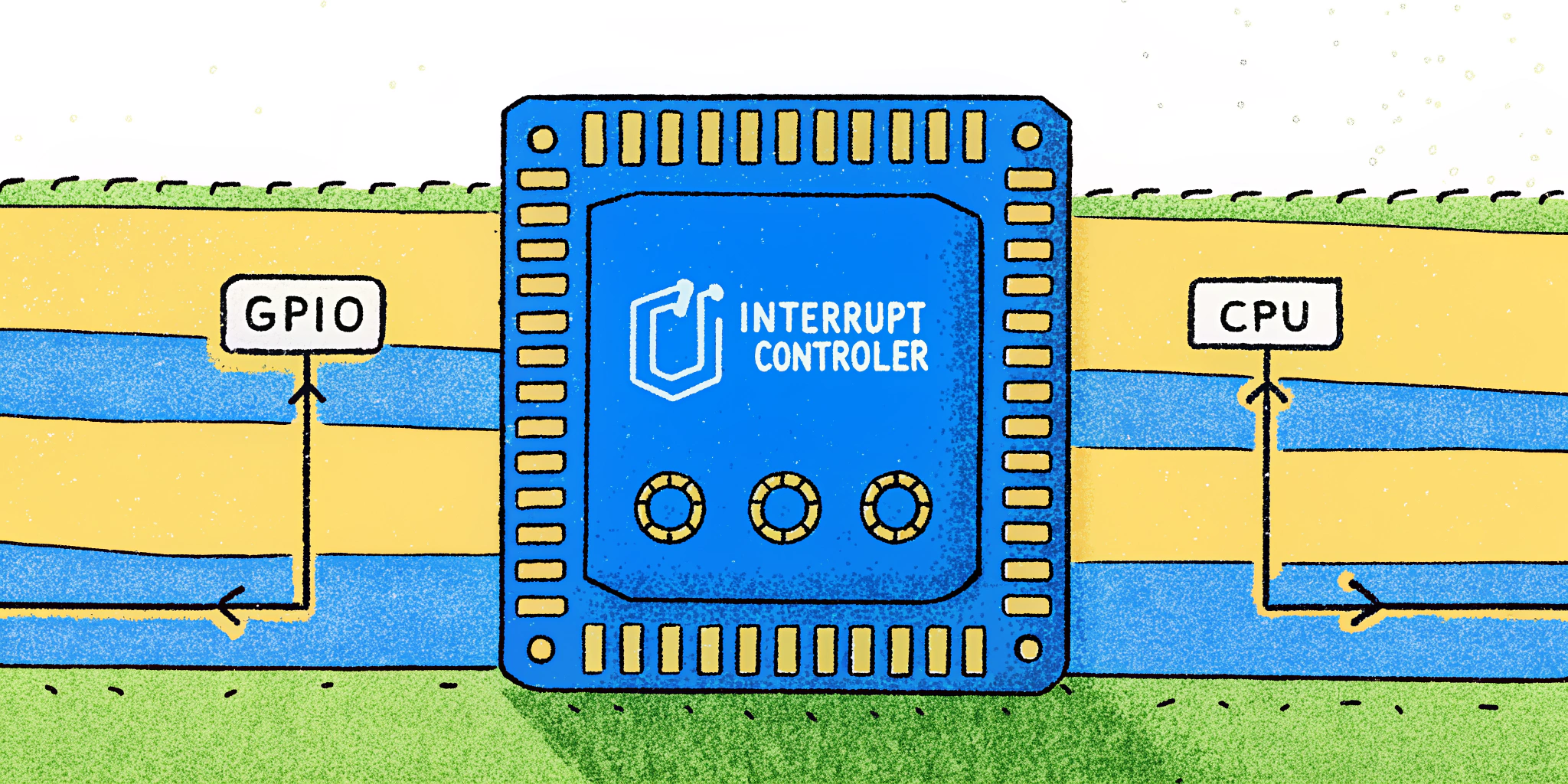Table of Contents
- Introduction: What Makes Embedded Systems Interviews Unique?
- Understanding the Interview Process
- Mastering Embedded Systems Concepts
- The Coding Component: What Should You Focus On?
- Mock Practice: Bridging the Gap with Real-Time Tools
- Conclusion: Streamline Your Preparation for Success
Introduction: What Makes Embedded Systems Interviews Unique?
Hi, I’m Jason Carter, an Embedded Software Engineer with a Master’s degree in Embedded Systems and two years of industry experience. When I first started preparing for embedded systems interviews, I found the process overwhelming. The mix of electronics and computer science knowledge required felt daunting, and the amount of material available online didn’t help—it was scattered and unfocused.
This guide is my attempt to help you navigate the interview preparation process efficiently and effectively. Whether you’re preparing for a Kickmaker embedded software engineer interview or any other embedded systems role, I’ll share actionable advice that’s worked for me and my peers. Let’s dive in!
Understanding the Interview Process
Phone Screens and Virtual On-Site Interviews
An embedded systems interview typically consists of:
- Phone Screens (1–2 rounds): These are primarily to assess your technical concepts and coding abilities.
- Virtual On-Site Interviews: Thanks to remote work trends, you’ll need to solve hands-on coding problems in real-time. Gone are the days of solving problems on a whiteboard—be prepared to write compilable code during the interview.
Pro Tip: Everything on your resume is fair game. Be prepared to discuss and defend every project or skill listed.
Mastering Embedded Systems Concepts
To succeed, you need a strong grasp of the fundamentals of embedded systems, operating systems, and C programming. Here’s how to tackle each area:
C Programming Best Practices
Key Topics to Focus On:
- Static, volatile, and const keywords.
- Memory layout of a C program.
- Pointer manipulation and post-increment behavior.
- Compilation process of a C program.
Action Plan:
- Use GeeksforGeeks to explore these topics. Spend 10–15 minutes per concept, make notes, and revisit them regularly.
Example:
- Question: What does the
volatilekeyword do in C? - Answer: It tells the compiler not to optimize the variable because it can be modified outside the program’s scope, such as in an interrupt handler.
Fundamentals of Embedded Systems
Key Topics to Explore:
- Microcontroller Initialization: What happens when you power it on?
- Interrupt Handling: How is an interrupt processed?
- Calling Conventions: What happens at the assembly level when you call a function?
- ARM Architecture: Basic understanding is crucial.
Resources:
- Watch detailed tutorials on YouTube. Look for visuals that explain microcontroller boot-up sequences or interrupt handling.
Operating Systems Know-How
What to Cover:
- FreeRTOS vs. Linux: Know their use cases and differences.
- System Calls and Virtual Memory: Understand how they work and why they’re essential.
- Caches: Learn about cache types, coherence, and their role in performance optimization.
- Multithreading: Semaphores and mutexes—when and how to use them.
Recommendation:
- Use NPTEL Operating Systems lectures (from IIT Kharagpur or Kanpur) to build a solid foundation.
The Coding Component: What Should You Focus On?
Unlike software engineering roles, embedded systems interviews prioritize specific coding topics. Here’s what to prepare:
Bit Manipulation
Why It’s Important:
Bit manipulation tests your understanding of low-level operations, which are critical in embedded systems.
Action Plan:
- Read GeeksforGeeks Bit Manipulation Tricks articles.
- Solve 15 commonly asked bit manipulation questions.
Example:
- Question: How do you check if a number is a power of 2?
- Solution: Use the expression
(n & (n - 1)) == 0.
Linked Lists
Why It Matters:
Linked lists test your pointer manipulation skills and logical thinking.
Action Plan:
- Implement a linked list from scratch.
- Practice reversing a linked list until you can do it without hesitation—even in your sleep!
String and Array Manipulation
Pro Tip:
Most string questions can be optimized using a hash map. Create a 256-element array for ASCII characters to store occurrences.
Example:
- Question: Find the first non-repeating character in a string.
- Solution: Use a hash map to count character occurrences, then traverse the string to find the first character with a count of 1.
Stacks and Queues
What to Practice:
- Implement stacks and queues from scratch.
- Solve problems involving parenthesis matching or queue reversal.
Summary of Coding Topics
| Topic | Key Focus Areas | Recommended Resources |
|---|---|---|
| Bit Manipulation | Logical operators, tricks | GeeksforGeeks |
| Linked Lists | Creation, reversal | Practice on Online IDEs |
| String Manipulation | Hash maps, optimizations | LeetCode Easy Questions |
| Stacks and Queues | Parenthesis matching, basics | YouTube Tutorials |
Mock Practice: Bridging the Gap with Real-Time Tools
Preparation is incomplete without mock practice. I’ve personally benefited from Ninjafy AI, which provides real-time interview assistance tailored to your resume and job role.
How I Used It:
- Mock Interview Sessions: Simulated interviews helped me identify weak areas.
- Live Coding Help: During virtual interviews, Ninjafy AI provided instant, undetectable assistance.
- Confidence Boost: Its InvisibleEyetrack™ feature ensured I maintained steady eye contact throughout the interview.
If you’re serious about cracking your dream role, I highly recommend leveraging tools like this.
Conclusion: Streamline Your Preparation for Success
Cracking embedded systems interviews, especially for a role like Kickmaker Embedded Software Engineer, can feel overwhelming. But with the right strategy—focusing on core concepts, targeted coding preparation, and mock practice—you can significantly improve your chances.
Remember, the key is consistency. Break down your preparation into manageable chunks, and don’t shy away from leveraging tools like Ninjafy AI to gain a competitive edge.
Good luck, and happy coding!



